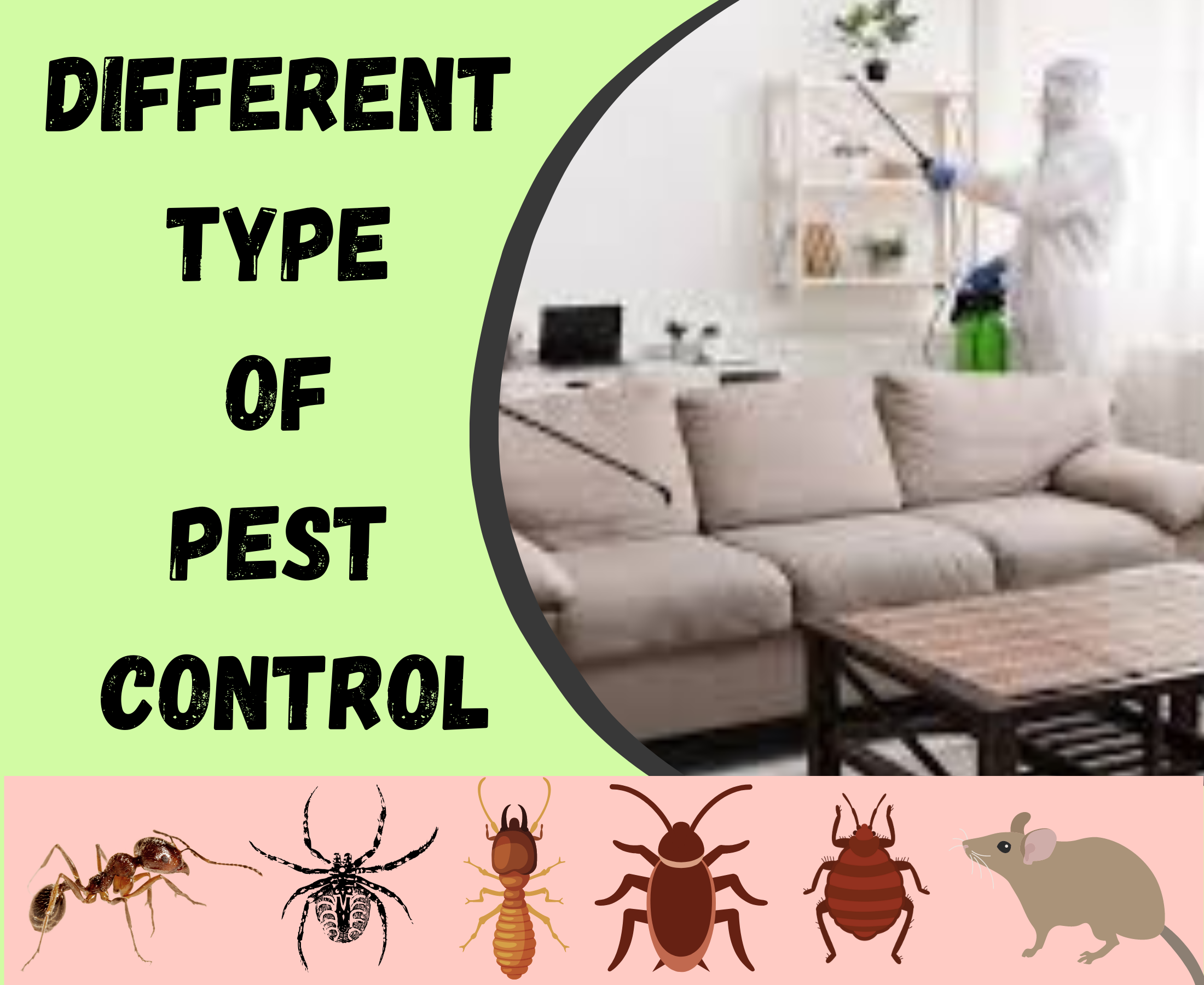Pest Control - An Overview
Pest Control - An Overview
Blog Article
Pest Control - Questions
Table of ContentsGetting The Pest Control To Work8 Simple Techniques For Pest ControlThe Of Pest ControlThe smart Trick of Pest Control That Nobody is DiscussingPest Control Can Be Fun For Everyone
Limitations of Chemical Administration Be able to analyze parasite issues, establish if administration is required, and make ideal suggestions using IPM strategies. Be acquainted with various approaches of pest management - their advantages and limitations.This phase goes over (IPM), a method that makes use of understanding concerning bugs and their, methods, nonchemical approaches, and pesticides to take care of insect troubles. Extra details regarding IPM for details plants is included in phases that focus on those plants. Nonchemical bug control steps are worried in phase 17, "Organic Gardening." Handling birds and mammals is covered in phase 20, "Wild animals." Managing in the lawn and yard is covered in chapter 6, "Weeds." Insects in a yard or landscape might include bugs and termites, weeds,, mammals, and birds.
Many individuals rush to pull, hoe, or spray every weed they see. Pests and weeds, nevertheless, play a function in the. After planting a yard or developing a yard, the natural process of plant succession begins to restore and nonnative plants. A weed expanding in a yard represents the first phase in a series of occasions that, if enabled to proceed, could ultimately result in a woodland.
What we call "parasites" are part of a natural system at job. Only humans think about specific species pests when they take place where they are not desired.
5 Simple Techniques For Pest Control
Bugs vulnerable to a chemical were swiftly killed, leaving resistant ones to reproduce and increase. It came to be clear that pesticides alone would certainly not resolve all pest issues. Instead, overuse of chemicals created the advancement of immune insects. Researchers began to create a new technique to pest control. This new technique was called integrated parasite management (IPM).
An IPM plan enables some degree of pests in the setting. Parasites are much less likely to make it through a program that uses numerous various approaches of decreasing their populaces. Integrated bug monitoring was first suggested by entomologists since bugs were the initial team of pests to show tough to take care of with chemicals alone.
pest and host properly. and consider economic or aesthetic injury. A threshold is the point at which action must be taken. a therapy approach making use of mechanical, social, organic, or chemical controls, or a mix of these techniques. success of treatments. IPM has prolonged beyond bugs to management of all pest populations: weeds, illness organisms, and animals.
Facts About Pest Control Uncovered
Monitoring rather than eradication of pests is the goal. An IPM strategy starts with read here a mindful analysis of each insect problem.
Clover growing in a grass might be considered as an undesirable weed, however as a bean it is synthesizing nitrogen for the soil and site the flowers are supplying nectar to honey bees and other. Resistance for some weeds might belong to an IPM strategy. may be eating the fallen leaves of a plant, but when they are determined as the larvae of Eastern tiger swallowtail butterflies, their damages may be endured so we can appreciate the lovely butterfly.

The second most crucial tool in bug management is early treatment. Responding to troubles rapidly, prior to they have time to increase, requires a less remarkable intervention.
Get This Report about Pest Control
Numerous risk-free, functional, nonchemical methods of plant security and bug monitoring might lower or get rid of the demand to spray. Various other methods are most useful when made use of with chemicals. To execute management techniques correctly and to lessen losses, garden enthusiasts must understand the sorts of insects that assault plants and recognize pest biology.

Conducting a soil test and using just the recommended quantity of plant food and lime optimizes the benefit to the plant while decreasing problems associated with extreme usage of plant food - Pest Control. Treatment the soil with a number of inches of mulch secures the plant in numerous ways: lowering dirt water loss to evaporation, reducing weed competitors, giving nutrients, and creating a suitable atmosphere for earthworms and microbes that maintain the soil loose for roots and break down organic product to release nutrients
If mulch touches the trunk, it can produce a method for voles, germs, and fungi to attack the plant. Do not use manure or compost that has not extensively broken down as a top dressing because it can encourage undesirable pests. Research recommends that farming is harmful to soil structure.
The Ultimate Guide To Pest Control
If tilling is deemed necessary, think about doing it in the autumn when the life cycles of several bugs brings them near the surface. At the surface area, insects come to be revealed to the weather condition as well as birds and various other natural adversaries. Autumn tilling can also ruin insects in plant deposits. Usage disease-free and insect-free certified seeds and plants if offered.
Report this page